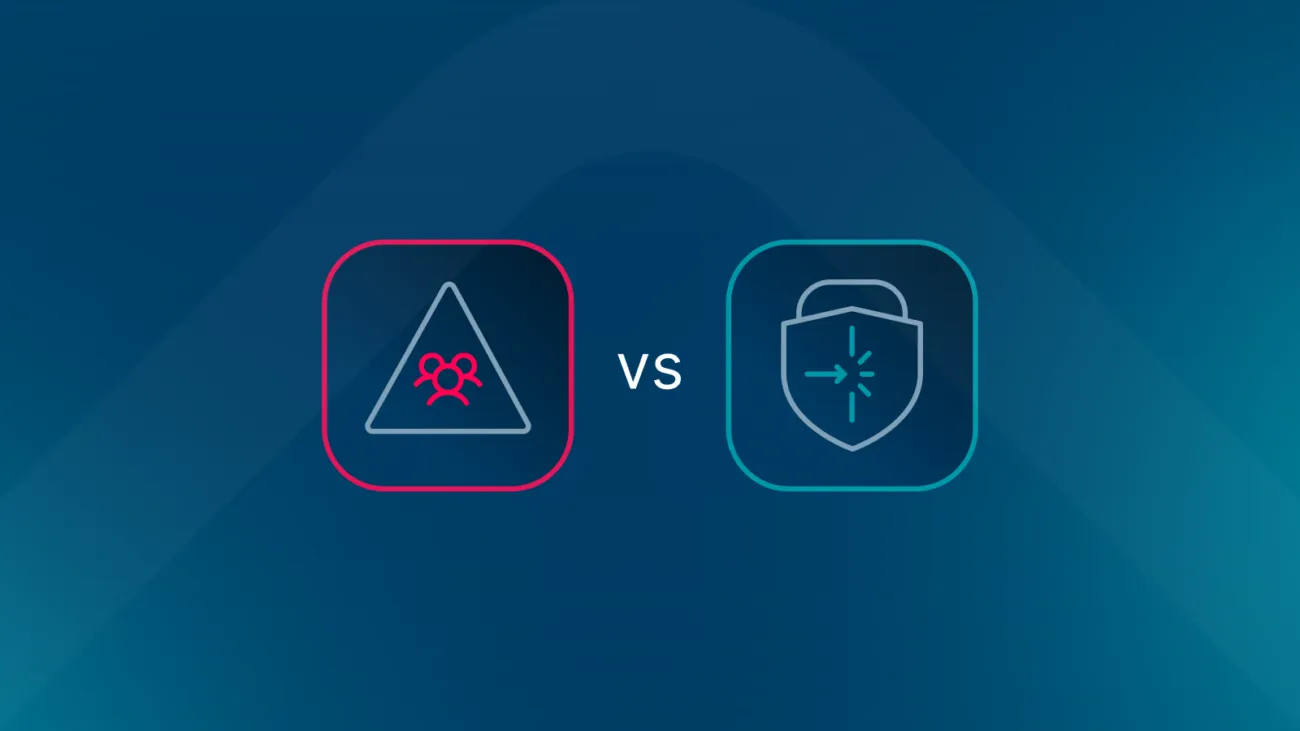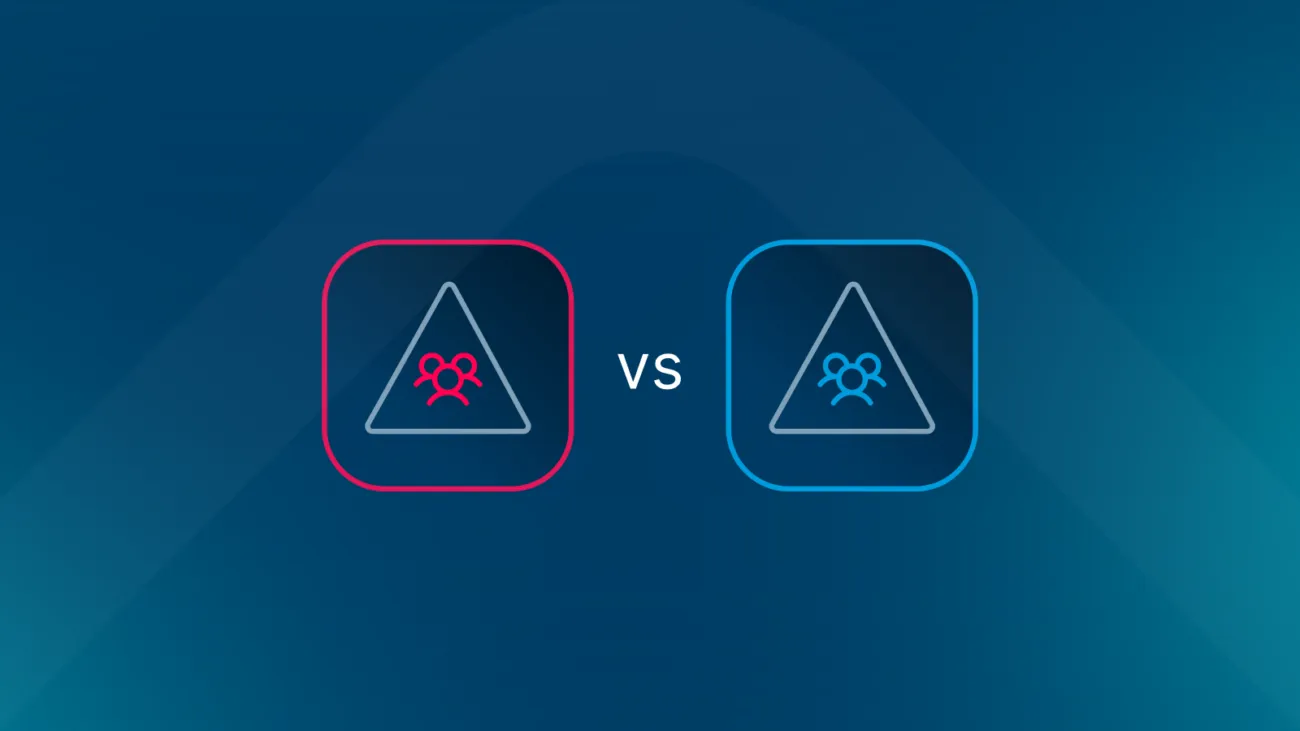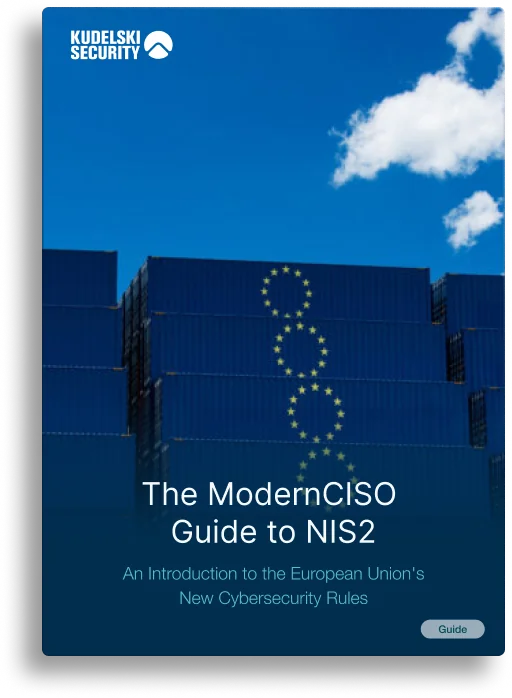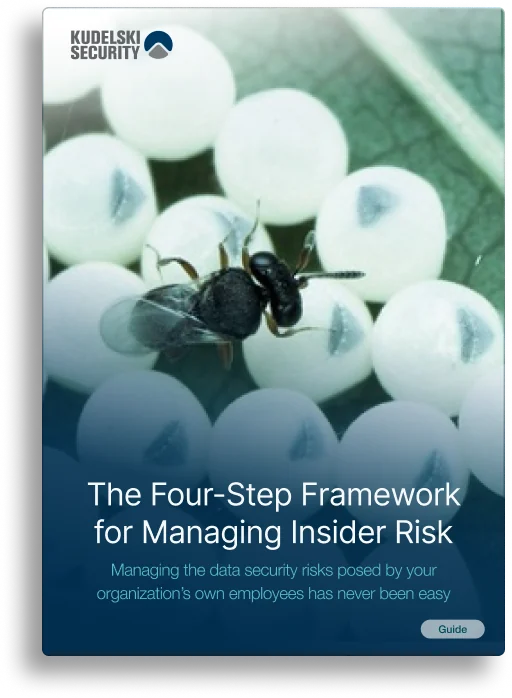Charting a Safer Course: Understanding the Recent U.S. Coast Guard Cybersecurity Requirements
Earlier this year, the U.S. Coast Guard finalized new regulations that mark a turning point in how maritime organizations must address cybersecurity. The Marine Transportation System, which includes thousands of vessels, ports, and facilities, is now formally required to adopt a baseline level of cyber readiness. The Coast Guard’s final rule introduces mandatory cybersecurity planning, training, and oversight measures designed to harden this critical infrastructure against increasing threats.
For businesses that operate in or support the maritime sector, this regulation is not just another compliance exercise. It reflects the growing recognition that cybersecurity risks have tangible national security, economic, and safety implications. Understanding what's required, how to prepare, and why it matters will be essential for compliance and for maintaining resilience in an increasingly connected environment.
What the New Rule Requires
The Coast Guard rule applies to owners and operators of U.S. flagged vessels, maritime facilities, and Outer Continental Shelf facilities that are already required to maintain a security plan under existing maritime security regulations. Foreign-flagged vessels are excluded.
At the heart of the rule are three key requirements:
1. Cybersecurity Plans
Organizations must create comprehensive cybersecurity plans covering 14 distinct areas. These range from organizational structure and training to incident reporting and vulnerability management. Plans must be living documents that evolve with the threat landscape, not static compliance checkboxes.
2. Cybersecurity Officer (CySO)
Every covered entity must designate a qualified Cybersecurity Officer. The CySO is responsible for developing, implementing, and maintaining the cybersecurity program. This officer must be accessible around the clock and may serve multiple organizations if qualified.
3. Mandatory Cybersecurity Activities
The rule goes beyond planning to require practical, ongoing activities. These include:
- Annual cybersecurity assessments
- Quarterly drills and annual exercises
- Penetration testing when plans are renewed
- Cybersecurity training for all personnel
This creates a continuous cycle of testing, learning, and improving rather than a one-time compliance event.
Categories of Cybersecurity Controls
The rule sets out nine categories of controls that organizations must implement. Together, they represent a layered approach to security:
- Account security: Multifactor authentication, strong passwords, and privilege management
- Device security: Maintaining an asset inventory and limiting systems to approved hardware and software
- Data security: Encryption, secure logging, and safeguarding sensitive information
- Personnel training: Ongoing education to ensure the workforce is prepared
- Risk management: Regular assessments, vulnerability tracking, and participation in information sharing
- Supply chain security: Vetting and oversight of third-party risks
- Resilience and incident response: Capabilities to detect, respond, and recover quickly from incidents
- Network segmentation: Isolating critical systems to prevent lateral movement of attackers
- Physical security: Ensuring IT and operational technology systems are physically protected
Together, these controls align maritime operations with cybersecurity best practices seen in other regulated industries, such as energy and financial services.
Why This Matters
The Marine Transportation System is vital to the U.S. economy. According to the Bureau of Transportation Statistics, imports and exports together accounted for about 57 percent of total tonnage at U.S. ports in 2022. This makes ports and shipping networks prime targets for cyber criminals and nation-state adversaries.
In recent years, ransomware attacks and supply chain intrusions have disrupted global shipping and logistics. The 2017 NotPetya incident, which crippled the operations of Maersk, is often cited as a stark reminder of how a cyber event can ripple across global trade. More recently, officials have warned about increased probing of maritime networks and critical navigation systems.
By formalizing cybersecurity standards, the Coast Guard aims to reduce the risk that a single weak link could disrupt commerce or compromise national security. For industry leaders, this is an opportunity to build resilience and show regulators, partners, and customers that cybersecurity is taken seriously.
Timeline and Penalties
The final rule is effective beginning in 2025, with compliance deadlines phased in to give industry time to prepare. Owners and operators will need to align their security plans with the new requirements as they come up for renewal.
Non-compliance carries significant consequences. The Coast Guard has authority to impose civil penalties, restrict operations, or detain vessels that do not meet the requirements. Beyond regulatory risk, failure to comply could expose organizations to legal liability or reputational damage in the wake of an incident.
Preparing for Compliance
Organizations should begin preparing now by taking several steps:
- Conduct a readiness assessment: Compare existing security measures against the new requirements to identify gaps.
- Appoint a Cybersecurity Officer: Ensure this role is clearly defined and properly resourced.
- Update security plans: Draft or revise cybersecurity plans to align with the mandated 14 sections.
- Invest in training and drills: Build a culture of awareness through regular exercises.
- Strengthen resilience: Focus on incident response, backup strategies, and recovery planning.
- Review supply chain risks: Engage with third parties to ensure they meet minimum security expectations.
Taking a proactive stance will ease the compliance burden and create measurable improvements in cyber resilience.
Beyond Compliance
While the Coast Guard regulation sets a new floor for cybersecurity in the maritime sector, organizations should not stop at the minimum. Cyber threats evolve too quickly for compliance alone to ensure safety. The most resilient organizations treat regulatory requirements as a starting point for broader cybersecurity strategy.
This means adopting continuous monitoring, leveraging threat intelligence, and integrating cybersecurity into overall risk management. It also means ensuring strong collaboration between IT and operational technology teams, as maritime systems increasingly blend the digital with the physical.
Final Thoughts
The U.S. Coast Guard’s final rule on cybersecurity in the Marine Transportation System represents a landmark step in securing critical infrastructure. For maritime operators, it creates clear responsibilities and timelines. For the broader cybersecurity community, it underscores how regulation is increasingly shaping priorities in critical industries.
Organizations that treat compliance as an opportunity rather than a burden will be better positioned not only to meet regulatory demands but also to withstand the evolving cyber threat landscape.
At Kudelski Security, we help leaders translate regulatory obligations into effective strategies that safeguard operations and strengthen trust. If you would like to discuss how these new requirements impact your organization and how to prepare, speak to our team today.


















